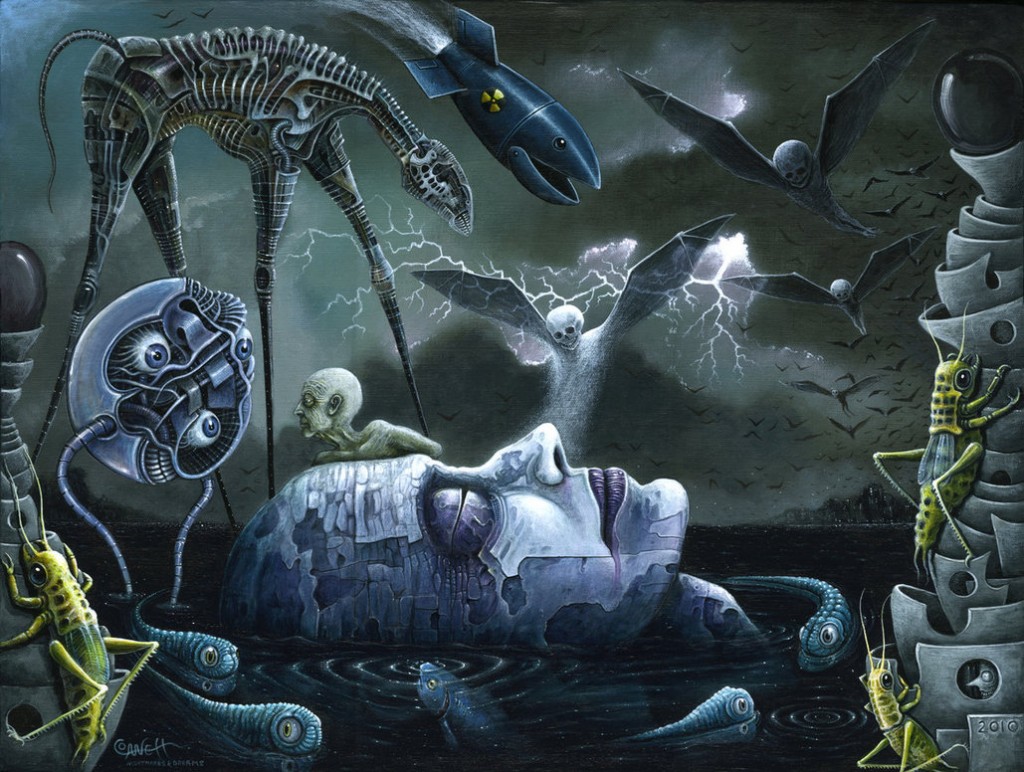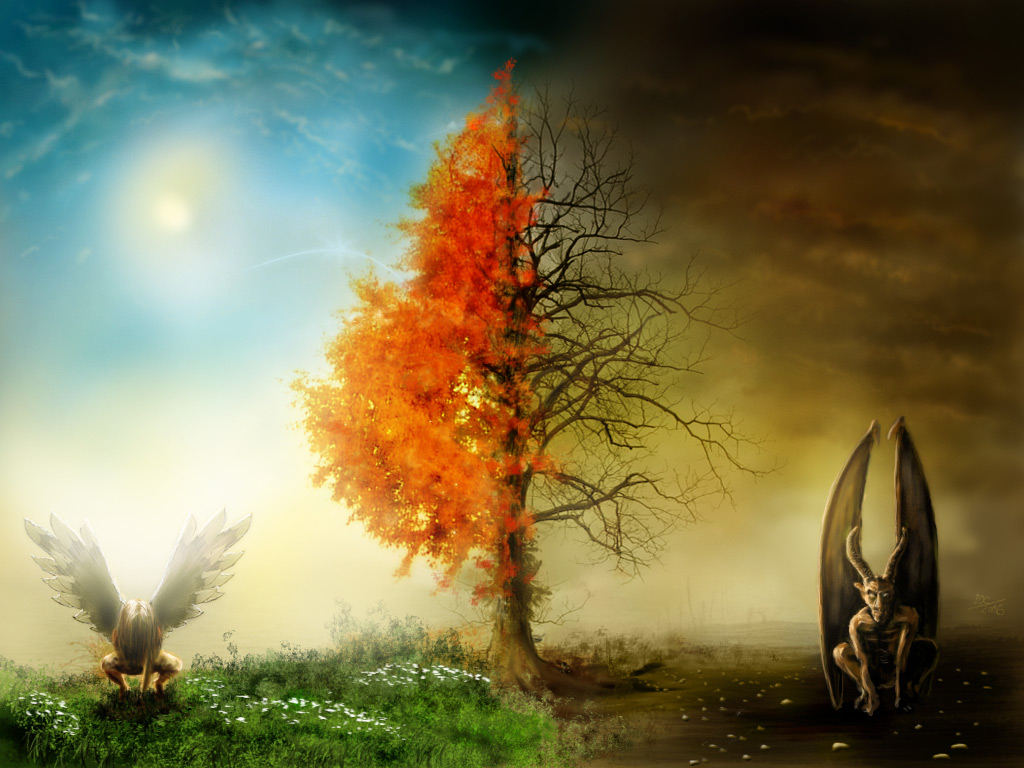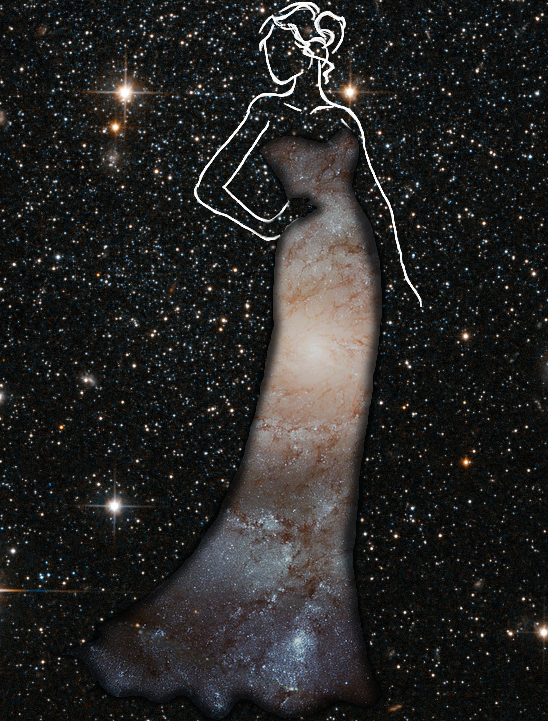“Your visions will become clear only when you can look into your own heart. Who looks outside, dreams; who looks inside, awakes.” –  Carl Jung
Carl Jung
Dream interpretation and or analysis is a science that is thousands of years old. In ancient Egypt, Greece and other cultures, dreams were considered as a type of divine communication, and the people who interpreted them were said to have supernatural powers.
These ancient cultures thought of many of our dreams as forms of divine inspiration sent to the dreamer to warn him or to foretell the future, and that some dreams were meant to misguide or lead you to destruction.
A majority of authors over the years have held onto the idea that our dreams were in direct relation to our waking lives. These dreams we have while we sleep were simply a continuation of the waking state which always unite themselves with our waking consciousness. Dreams that through careful examination we could interpret with the experience of the previous day.
Dreams were divided into two classes. The first were influenced by the current events of your life. The second class was, were direct prophecies received in the dream in the foretelling of a future event.
33rd Degree Freemason, Manly Hall speaks of dreams as divine guidance, Hall had said, “It is written in the old books that when the brothers of the Quest desire to bring about changes in the mortal state they send messengers and strange dreams and mystic visions and, accomplish their purpose by revealing their will to the leaders of nations in sundry and curious ways.”
Dream analysis was further developed by Austrian neurologist and the father of psychoanalysis, Sigmund Freud who used the interpretation of dreams to aid in the psychological analysis of the neuroses. Freud had learned through the study of his patients, and his own dreams to attach a greater value to the extent and the significance of symbolism in dreams (or rather in the unconscious thinking).
Through his work and books, he proved that there exists a psychological technique by which dreams may be interpreted, and that upon the application of this method every dream will show itself to be a senseful psychological structure which may be introduced into an assignable place in the psychic activity of the waking state.
“The interpretation of dreams is the royal road to a knowledge of the unconscious activities of the mind.” – Sigmund Freud
These ideas were developed further to evolve into a facet of analytical psychology which is a real science that was mainly developed through the Great Work of Swiss Psychiatrist and Gnostic of his protege, Carl Jung. According to Jung, dreams are a way of communicating and acquainting yourself with the unconscious. Different kinds of dreams came from different levels of the “psyche,” which is Jung’s term for the whole personality. Unlike Freud, Jung treats symbols like signs that leads to unknown psychological content.
Symbols and images are the language of the unconscious to the conscious in your dreams.
Jung believed that dream images reveal something about yourself, your relationships with others, and situations in your waking life. Dreams guide your personal growth and help in achieving your full potential. Jung also believes that the dream’s manifest content is just as significant and revealing as the latent content.
A symbolic language that to Jung, these dreams could be interpreted by analyzing your current life. By simply discussing what is currently going on in your life, it can help you interpret and unlock the cryptic images of your dreams. Jung believed that we all possess the necessary thinking tools to interpret our own dreams.
A form of personal judgment that was based on our own self analysis on how to interpret them. By doing so, you could unlock these cryptic dream messages and images sent to make sense of them by simple self observation.
These dreams can also come in the form of visions which I have personally experienced while meditating, or in a meditative state.
Jung believed that archetypes such as the animus, the anima, the shadow and others manifested themselves in dreams, as dream symbols or figures. Such figures could take the form of an old man, a young maiden or a giant spider as the case may be. Each represents an unconscious attitude that is largely hidden to the conscious mind.
Although an integral part of the dreamer’s psyche, these manifestations were largely autonomous and were perceived by the dreamer to be external personages. Acquaintance with the archetypes as manifested by these symbols serve to increase one’s awareness of unconscious attitudes, integrating seemingly disparate parts of the psyche and contributing to the process of holistic self-understanding he considered paramount
CONCLUSION: Dreams are not an escape from our waking realities.They are a reflection of everyday life, Instead of releasing us from it, they help us interpret our lives and quite possibly the future.
Our dreams are telling us which parts of the psyche are out of balance; they are an expression of our need to fully develop (“individuate”/”differentiate”) all aspects of the psyche and also to “integrate” (harmonize, synthesize; called the “transcendent function”) all aspects of the psyche.
Our dreams are symbols and messages based on our memories. They are not to be taken literally, but figuratively to help us along the path of being human.
“I wish you to know that you have been the last dream of my soul.” ― Charles Dickens

Moe is the founder of GnosticWarrior.com. He is a father, husband, author, martial arts black belt, and an expert in Gnosticism, the occult, and esotericism.








